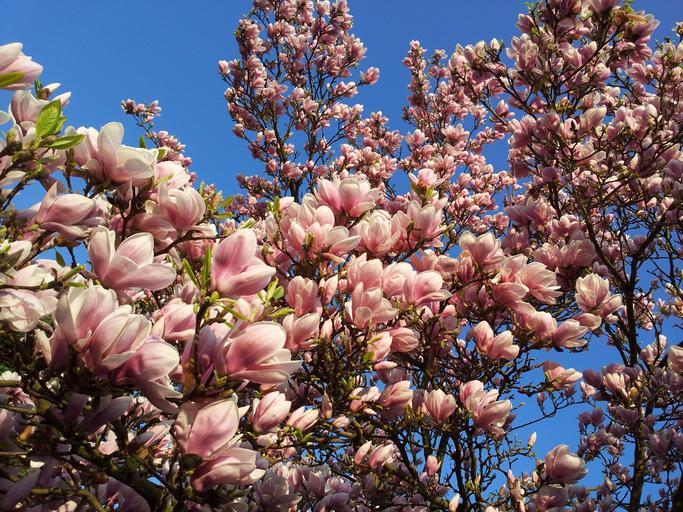For centuries, magnolias have captured our hearts and our imaginations. With their large, lush flowers and intoxicating fragrance, magnolias symbolize both the delicate beauty and resilient strength of nature. This article will explore the enchanting world of magnolias, shedding light on their characteristics, varieties, and cultural significance.
Understanding Magnolias
Belonging to the family Magnoliaceae, magnolias are ancient flowering plants that predate the bees. Magnolias evolved to encourage pollination by beetles, which explains their robust petals able to withstand the beetles’ activities.
This fascinating family of plants consists of both deciduous and evergreen types. They are widely recognized for their spectacular, saucer- or star-shaped flowers that come in various colors, including white, pink, purple, or yellow, depending on the species.
Varieties of Magnolias
There are over 200 species of magnolias, and countless hybrids and cultivars, each with its unique charm:
- Southern Magnolia (Magnolia grandiflora): An iconic tree of the southern United States, this evergreen magnolia is known for its large, creamy-white flowers and glossy dark green leaves.
- Star Magnolia (Magnolia stellata): A deciduous magnolia that blossoms in early spring, producing a stunning display of star-like white or pink flowers.
- Saucer Magnolia (Magnolia x soulangeana): This hybrid, known for its large, saucer-shaped pink and white flowers, is one of the most commonly grown deciduous magnolias.
Symbolism and Uses of Magnolias
Magnolias are deeply rooted in cultural traditions. In the American South, the grand magnolia tree represents hospitality, while in China, magnolias symbolize purity.
The magnolia’s visual appeal has made it a favorite for ornamental purposes. They are widely used in landscaping, with their showy flowers adding unparalleled splendor to parks and gardens. Beyond their aesthetic use, magnolias have found applications in traditional medicine and the culinary world.
Growing Magnolias
Growing a magnolia tree requires some consideration for the right location and care. They thrive best in full sun or partial shade, in well-drained, moist, and slightly acidic soil. Most magnolias are hardy and require little maintenance once established, but they may take several years before they start flowering.
In conclusion, magnolias are truly a marvel of nature. From their exquisite blossoms to their resilience and the depth of symbolism they carry, magnolias continue to enchant us with their enduring charm.
